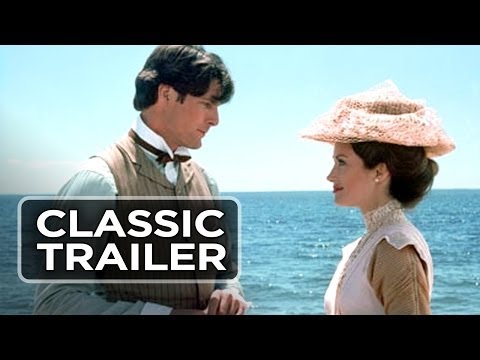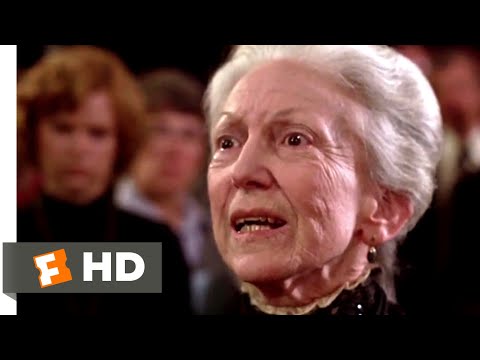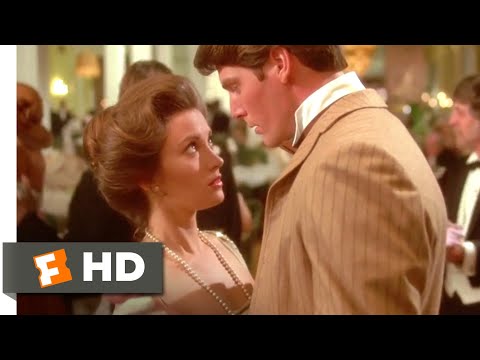“Tales from the Darkside: The Movie” is noteworthy for turning 35 this year, being one of the best (if not the all-time greatest) horror anthology films and showcasing the best performance from the chameleon-like David Johansen, who we just lost last month.
Johansen’s career began with fronting The New York Dolls before becoming a mainstream success as Buster Poindexter, then a character actor in film and TV, and ultimately returning to music.
He was a true original.
A dynamic performer on stage and a truly magnetic character actor, Johnsen is probably best known as the cab driving Ghost of Christmas Past who blows smoke out of his ears in the yuletide Bill Murray vehicle, “Scrooged” (1988).
However, cinephiles willing to take a deeper dive into Johansen’s brief but colorful movie run should note how great he is in “Tales from the Darkside,” an underestimated sleeper and a real find for horror fans.
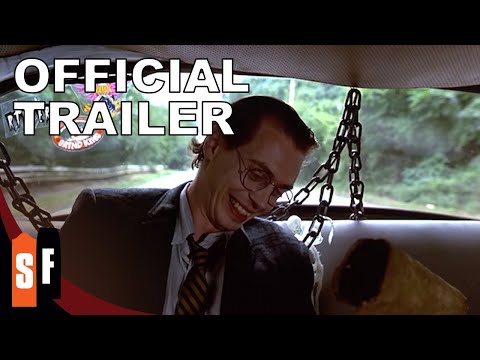
Director John Harrison’s film is tonally perfect from the start, opening in a small town where Betty, an attractive socialite (Deborah Harry) is returning home. She gives everyone she encounters on the drive home a friendly wave.
Once we see her behind closed doors we see what’s really up: within Betty’s sprawling kitchen is a prison cell, where she keeps a young boy named Timmy (Matthew Lawrence) hostage.
After days of fattening Timmy up with cookies, Betty is planning to cook him. Timmy delays his execution by reading Betty stories from the massive tome bearing the name, “Tales from the Darkside,” which she tossed in his cell as a means of killing time.
Timmy reads Betty three stories:
The first is “Lot 249” (updated but faithfully based on an Arthur Conan Doyle tale), about a college student (Steve Buscemi) who is able to reanimate a mummy in order to do some dirty deeds.
The second tale is Stephen King’s “The Cat from Hell,” in which Johansen plays a hitman hired to exterminate the cat of a wealthy geriatric (William Hickey), who believes his feline is evil. The old man’s instructions to the hitman: “Kill it, bury it, bring me its tail, so I can throw it in the fire and watch it burn.”
The third yarn is “Lover’s Vow” (from “Beetlejuice” screenwriter Michael McDowell) about a struggling artist (James Remar) who meets the love of his life (Rae Dawn Chong) on the same night that he makes a crucial promise to a terrifying creature.
With every tale he spins for Betty, Timmy entrances his captor. Is it enough to keep her from cooking him?
RELATED: TERROR IN THE AISLES PERFECTLY CAPTURES 80s HORROR
What is the film’s point of origin? It’s complicated, but here’s the brief version: EC Comics, once touted as “Educational Comics” when everyone knew them to publish shocking, boundary-pushing and fiendishly funny comic book tales, used to publish “Tales from the Crypt,” Weird Science” and “Vault of Horror” comic books.
These controversial and groundbreaking comic books inspired “Night of the Living Dead” director George A. Romero to make “Creepshow” (1981), his loving, passionately stylish tribute to EC Comics.
“Creepshow” was a sleeper hit, and Romero wanted to do it as a TV series – because of rights issues, he was unable to use the “Creepshow” name. Thus, the rechristened “Tales from the Darkside” aired in 1983 and ran for four seasons.
Romero was an executive producer on the “Tales from the Darkside” series and the feature film.
Eventually, the similarly formatted “Monsters” followed (1988-1991), as well as the 2019 “Creepshow” series on Shudder, going on four seasons and the official, albeit belated, extension of Romero’s film.
Today, there are ample streaming channels airing dozens of horror-themed series. In the 1980s-1990s, though, it was a shock to see the likes of “Tales from the Darkside,” “Darkroom,” “Freddy’s Nightmares,” “Monsters” and “Friday the 13th: The Series” on regular TV. Their low budgets and reasonable PG-rated content were countered by genuine scares.
I’d argue that the most jolt-inducing of the bunch was “Tales from the Darkside,” with its sinister theme music (by Donald Rubinstein and Erica Lindsey) pulling you in.
I used to watch the series at midnight, after “Saturday Night Live,” and would sometimes find the theme music too scary to keep watching. On other nights, when I’d see an entire episode, I’d be too afraid to go back to sleep.
As a young teen, the only thing scarier than watching “Tales from the Darkside” at midnight, with all the lights in the house turned off, was seeing the trailer for “Tales from the Darkside – The Movie.” It remains one of the only coming attractions previews to make me jump out of my seat.
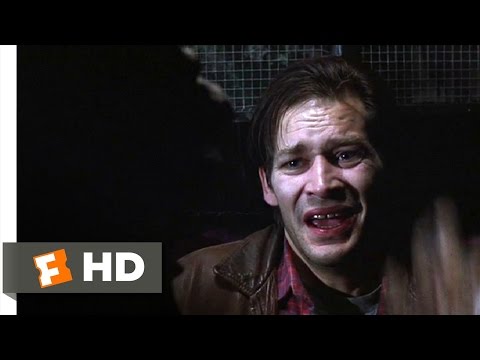
Harrison’s delightful, devious film may not have the groundbreaker status of “Dead of Night” (1945), nor the ongoing cult popularity of Romero’s “Creepshow” or Michael Dougherty’s “Trick r Treat” (2007), nor the all-star lineup of the infamous but almost-great “Twilight Zone – The Movie (1983).
However, because it moves so briskly, doesn’t overstay its welcome and hits us with just three tales, “Tales from the Darkside: The Movie” succeeds for giving us maximum entertainment value in 93 minutes.
“Lot 249,” which features not only a young, already scene-stealing Buscemi but also a good Christian Slater and, in a memorable film debut, Julianne Moore. The future Oscar winner already comes across like a major movie star (despite the indignity of her final scene, though it’s a memorable bit).
Moore and Buscemi give sharp turns and the final image (which mirrors the conclusion of the “Something to Tide You Over” segment of “Creepshow”) is a keeper, though the setup is overly complicated. Like the mummy itself, “Lot 249” is clumsy but always amusing. I love how the mummy is a victim of circumstances since his ability to kill is imposed on him.
Who knew one could weaponize a mummy?
“The Cat from Hell” installment is so good, the movie should have concluded with it. The make-up effects by KNB EFX are especially gag-inducing here. Johansen, cast against type as a slick killer for hire, does a great slow burn and has a solid give-and-take with Hickey, a wonderful actor with a voice as distinct as Johansen’s.
“The Cat from Hell” is the most stylish of the episodes, with clever, theatrical lighting designs, color schemes and clever “cat vision” POV shots. By the time the cat slashes the crotch of Johansen’s pants, we know he’s been outmatched by the feline.
The fade out on this segment is hilarious and absolutely disgusting.

“Lover’s Vow” is a good vehicle for Remar and Chong and gets the period setting right (note that there’s a poster for “Star Trek – The Motion Picture” in the 1979-based opening act). Anyone who fondly remembers Masaki Kobayashi’s “Kwaidan” (1965) will be a step ahead of this story, an adaptation of “The Woman in the Snow.”
Harrison’s film and Kobayashi’s masterpiece would make a killer double feature. “Lover’s Vow” fades to the final confrontation between Timmy and Betty, in an appropriately nasty conclusion that couldn’t be more satisfying.
While “Creepshow” is the more well-known anthology film, I prefer Harrison’s approach to conveying horror comics as cinema, versus Romero’s work on “Creepshow,” which is clever but busy and on-the-nose. To be fair, “Creepshow” is about horror comic book storytelling, whereas Harrison’s film is about books and storytelling as a literal means of escape.
Harrison himself gives the film a good score, with each segment having its own theme (a similarly winning touch utilized by Jerry Goldsmith in his score for “Twilight Zone – The Movie”). Of the three segments, only “Lover’s Vow” is slightly overlong. Reportedly, the three segments used to be reversed, with “The Cat From Hell” always the middle story, while “Lover’s Vow” used to be first and “Lot 249” was once the closer.
The final line-up is perfect, though “The Cat from Hell” is the main attraction here, as is Johansen’s performance. If you’re a fan of Buster Poindexter, Blondie, Stephen King and cats, you’re gonna love this one.
The post ‘Tales from the Darkside’ Delivers Three Killer Yarns appeared first on Hollywood in Toto.
from Movies - Hollywood in Toto https://ift.tt/3moVPr5




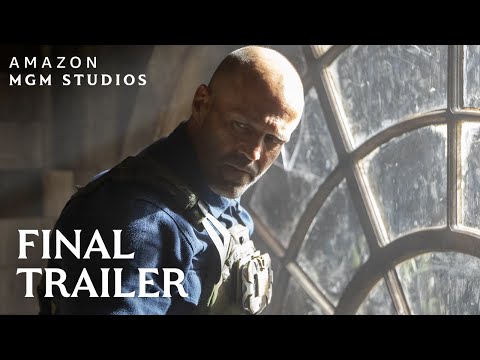


 + Digital) Combo Pack SteelBook®,
+ Digital) Combo Pack SteelBook®, 

